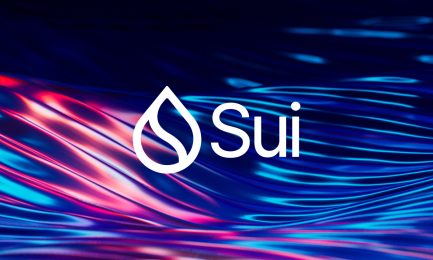
Is the SPYG ETF a good alternative to Invesco’s QQQ?
- The Invesco QQQ ETF has had spectacular returns in the past few years.
- The S&P 500 Growth Fund has equally done well in this period.
- The QQQ fund has been a better investment than the SPYG.
Growth investing has a good record of beating value in the past two decades. Invesco’s QQQ has jumped by almost 170% in the past five years while the SPDR Dow Jones (DIA) and the Vanguard S&P 500 (VOO) ETFs have soared by 66.6% and 103%, respectively.
This performance happened because of the remarkable success of many growth companies like Nvidia, AMD, Meta Platforms, and Microsoft. These firms have become the dominant forces in the global corporate scene by dominating key sectors.
The Invesco QQQ ETF has become the biggest growth fund in the world with over $270 billion in assets. Similarly, the SPY and VOO ETFs are mostly dominated by companies in the technology sector, which explains why they have done well in the past few years.
Regular readers know that I am a strong believer in simple ETFs like QQQ and SPY instead of complex funds like JEPI, JEPQ, and SPYI. Holding these generic ETFs generates stronger returns over the years.
The SPDR Portfolio S&P 500 Growth ETF (SPYG) has become another popular growth ETF that is often seen as an alternative to Invesco QQQ and SPY.
According to its website, SPYG tracks the S&P 500 Growth Index, which is made up of S&P 500 companies that show the biggest growth characteristics. It looks at metrics like sales growth, earnings change to price ratio, and momentum. Another benefit is that it is one of the cheapest ETFs 0.04%, much cheaper than QQQ’s 0.21%.
The other difference between QQQ and SPYG is the number of their holdings. QQQ holds about 100 companies while SPYG holds 228 firms. Their biggest components are similar companies like Microsoft, Nvidia, Apple, Amazon, Meta Platforms, Alphabet, Eli Lilly, Broadcom, and Tesla.
Therefore, in most cases, these funds tend to have a close correlation co-efficient. Investing in one will mostly generate a similar return to the other.
However, a closer look at their annual returns shows that Invesco QQQ still offers better returns, SPYG generated annual returns of 30% in 2023 while QQQ returned 54.8%. A year earlier, the QQQ ETF lost 32.58% as technology stocks slumped while SPYG lost 29.42%.

SPYG vs VOO vs DIA vs QQQ
SPYG’s best year recently was in 2020 when it jumped by 33%. QQQ rose by over 48% in this period. The chart above shows how the QQQ and SPYG have compared in the past five years. Therefore, I believe that investing in the more expensive QQQ is a better alternative than the SPYG ETF.
More industry news







